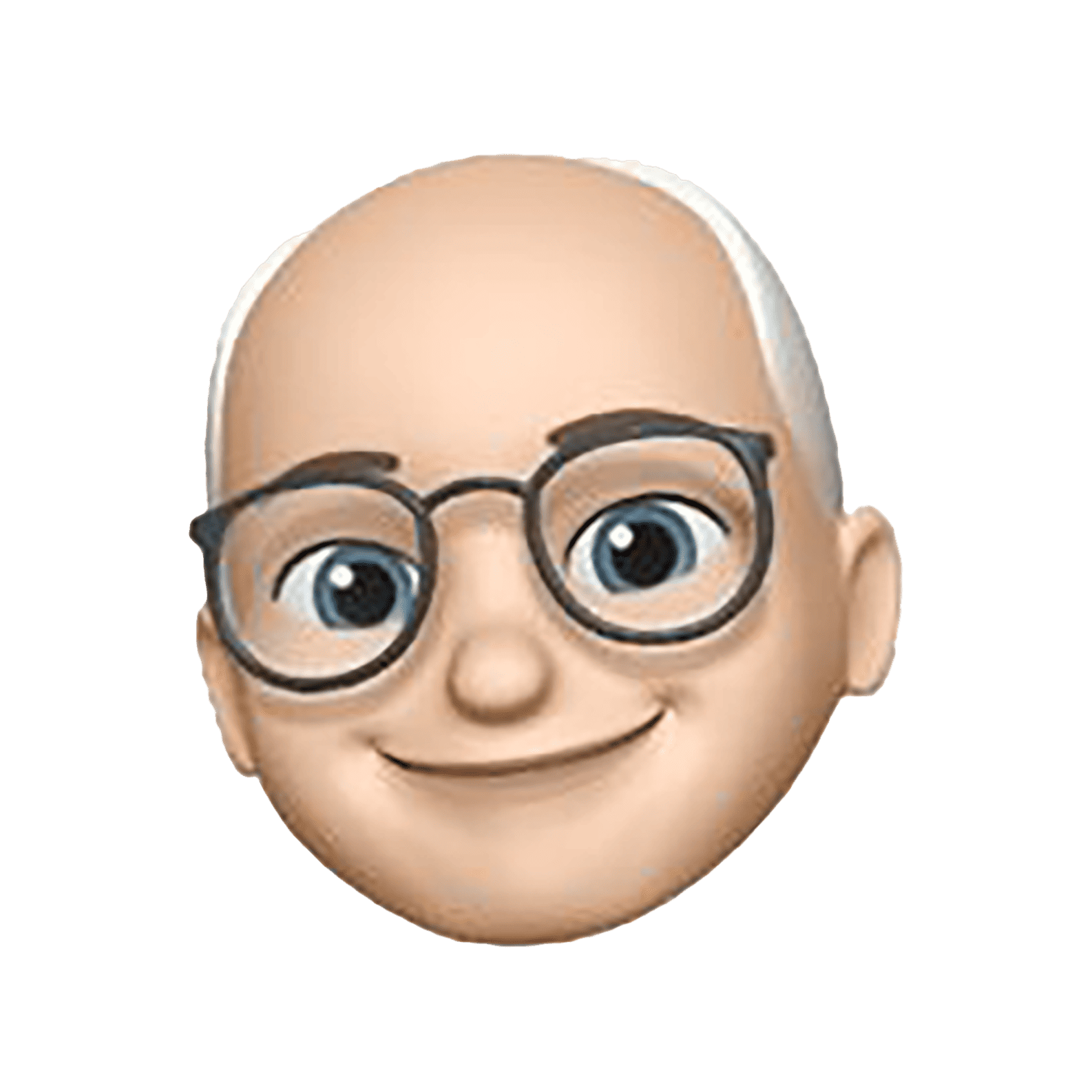De traditionele geschiedenis die in veel Westerse scholen wordt onderwezen, bestrijkt een periode van ongeveer 6 tot 8000 jaar, vanaf het heden tot de opkomst van de eerste beschavingen in Mesopotamië en de Vruchtbare Sikkel in het Nabije Oosten. In die tijd werden belangrijke zaken uitgevonden, zoals het schrift, bestuur en politiek, wetten en belastingen, militaire operaties en andere dingen die we vandaag de dag nog steeds gebruiken.
But there is also another part of history, which we call "prehistory" or "antehistory." This is the time before the emergence of written history. We know a great deal about this period through fossils and archaeological finds. Our ancestors, with Homo sapiens, began to develop in Africa about 300,000 years ago. This means that the history we know with written texts covers only about 2% of humanity's total history.
Dus wat deden onze voorouders in de overige 98% van de tijd, tussen 300.000 en 6000 v.Chr.? En wat gebeurde er zelfs vóór 300.000 jaar geleden? Hadden we toen al voorouders? Hoe ver terug in de tijd kunnen we kijken? Vanaf wanneer beginnen ze gelijkenissen met ons te vertonen?
Not only that, let's think about life itself. How long has there been life on earth? And what kind of life is that? Is there perhaps life elsewhere? We are a part of earthly life.
And that earth itself, the only place we live so far. How was the she created? Was there something before the earth existed?
And what about the moon, planets, sun, stars, galaxies and the entire universe? What are they and how did they form?
Over the last three decades, attention to scientific approaches to these questions has exploded, and age-old certainties are increasingly being challenged.
Do the numerous creation stories provide an answer or do we need to look further? How did we end up here? What is actually the purpose of our life, which so far has not been found anywhere else in the universe?
This website invites you to think about all these questions.
Most people think our species is important and the result of a divine act of creation. But are we really that exceptional?
Ons DNA is niet anders dan dat van alle andere levende wezens die de laatste vier miljard of vierduizend miljoen jaar geleefd heeft. Ook het codesysteem dat in het DNA gebruikt wordt is universeel: de vier codeletters die samen het DNA vormen (A, C, T en G) zijn dezelfde in alles wat leeft, van bacteriën, dieren, bloemen en bomen tot vogels, grassen, voorhistorische dino’s enz. De manier waarop ze worden gerangschikt en vertaald naar de eiwitmoleculen die in een levend wezen het uitvoerende werk doen, is bij allen eveneens gelijk. Dat het leven geordend is in losse cellen is ook universeel. Deze ontelbare cellen halen energie uit de rest van het universum door middel van een proces dat even algemeen voorkomt.
Thus, three of the four pillars of life have already been hinted at: genetics, cell theory and chemiosmosis or cellular metabolism, by which cells draw energy from their environment to keep themselves going. The fourth pillar then is evolution by natural selection. Together, these four linked data prove the fact that all life on Earth is related to each other through a common ancestor (LUCA = Last Universal Common Ancestor).
The problem for us humans is that evolution is tremendously slow. With our average attained age of just under a century, the time scales scientists use are totally incomprehensible. Earth has provided a host for life for most of its existence, and our species is now reaching a good three thousand centuries. During that enormous time for us, we have nevertheless remained largely unchanged. We could physically talk back then and our brains were about the same size. A "refreshed, homo sapiens in current attire and with a haircut would not really stand out in today's streetscape.
Therefore, the time scales used by scientists are totally incomprehensible to us. It is one of the pitfalls that prevent us from understanding evolution. After all, life starts about 3.5 billion or 3,500 million years ago on our planet. Earth and the solar system are 4.6 billion years old. Start categorizing that past. 'Our' Antiquity or Middle Ages or Modern Times contain a few thousand or a few hundred years... The classification of archaeologists is about thousands, millions and even billions of years. Hello anyone have a suggestion?
Nemen we de evolutie van de aarde en het leven op onze planeet. De archeologen hebben dat enorme verleden op hun manier ingedeeld. Zij werken met totaal nieuwe termen zoals op deze afbeelding met Eonen. De indeling berust op 4 Eonen. (Eonen zijn de grootste tijdperken waarin de geschiedenis van de aarde ingedeeld wordt). Een Eon zelf wordt opgesplitst in Era’s en deze verder in Periodes…

One of the founders of this approach is American historian David Christian (born 1946). He began lecturing on "Big History" in 1989. He views history as an integral part of the history of nature. He combines disciplines such as cosmology, geology, archaeology, evolutionary biology and traditional history in his work.
Big History attempts to present an integrated picture of the history of the universe, our sun and earth, life and humanity. It also attempts to link the past, present and future.
This "total history" uses scientific methods and evidence to trace the history of The Cosmos, Earth, Life and Man (CELM) understanding. It attempts to go back in time to about 13.8 billion years ago (the time of the Big Bang or even longer ago). It is like a "total history" of all that was, is and will be.

